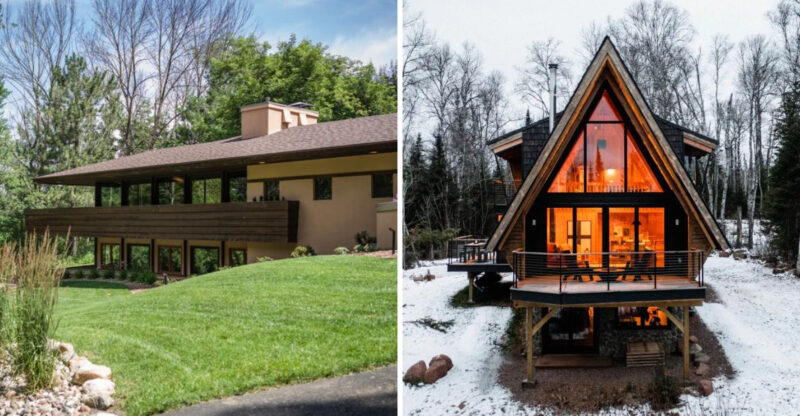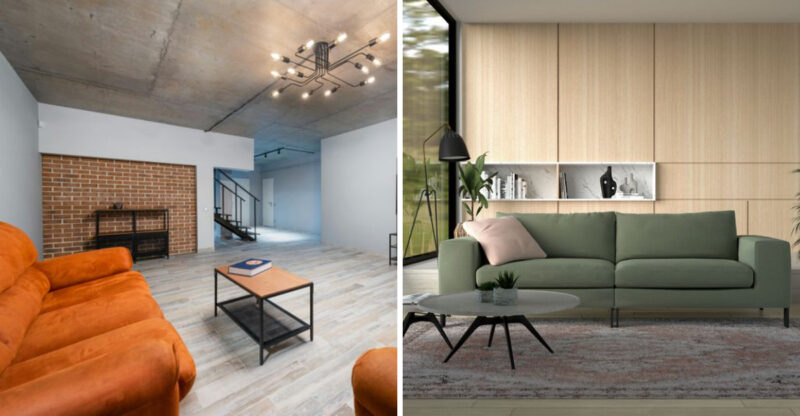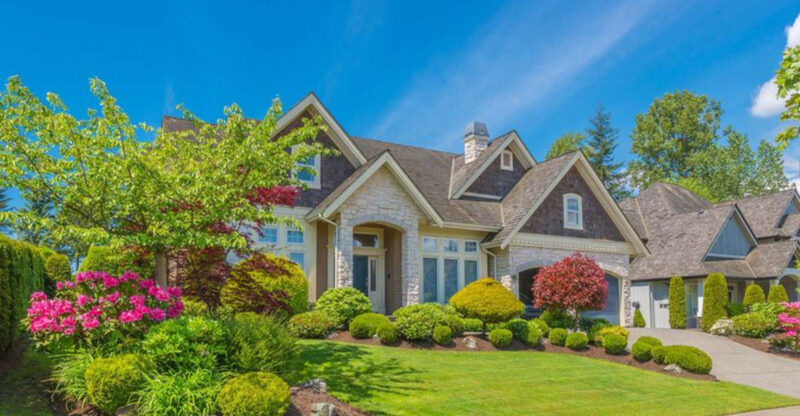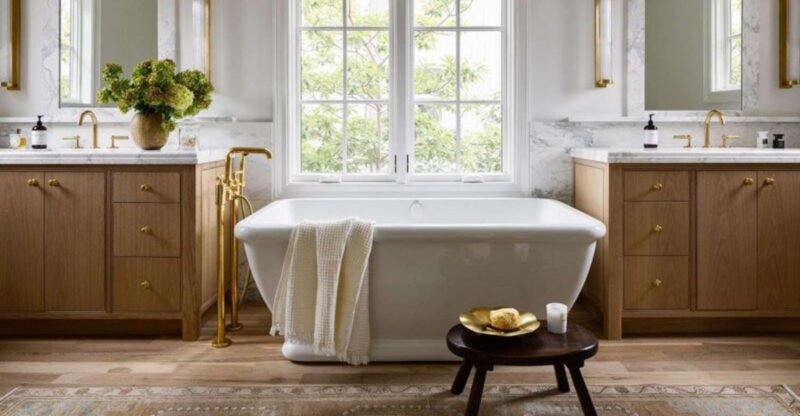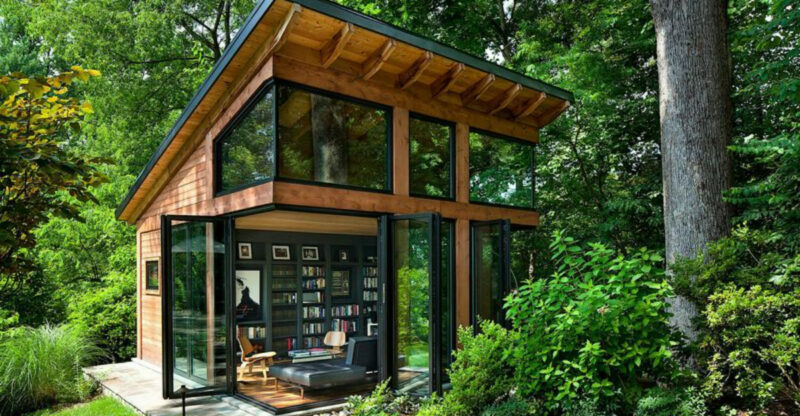6 Types Of Homes In Georgia Expected To Lose Value By End Of 2025 (And 7 To Outperform)
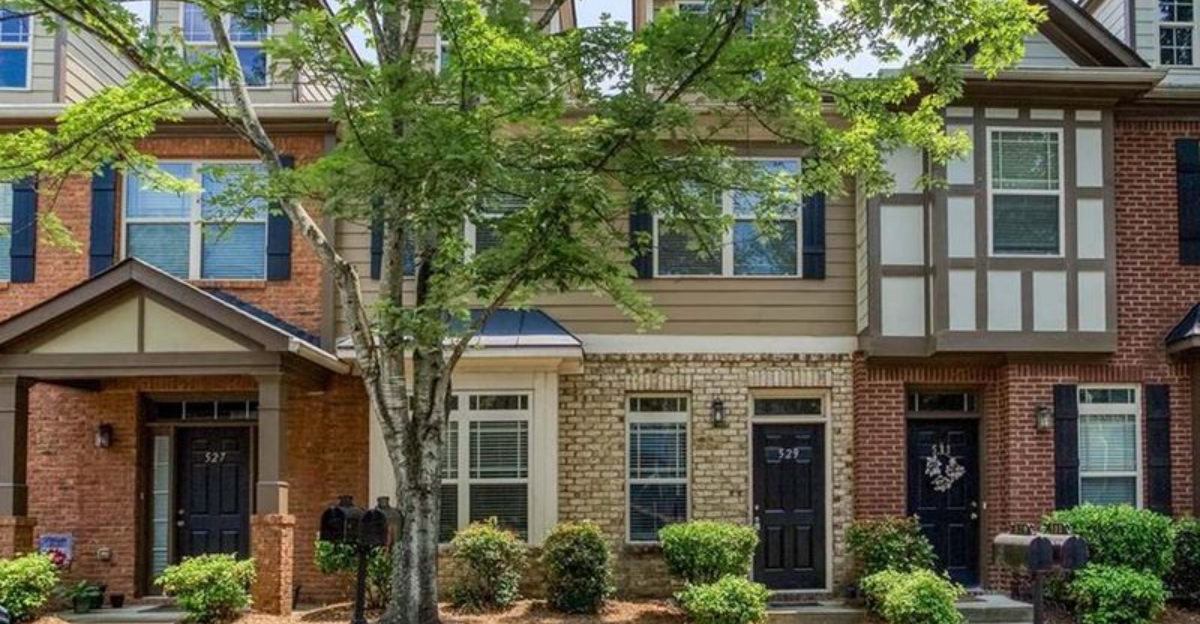
Georgia’s housing landscape is on the cusp of major transformation. Economic shifts, changing migration patterns, and evolving buyer preferences are redrawing the map of real estate winners and losers across the state.
While some homes face shrinking demand and declining prices, others are emerging as prized assets poised to thrive. For anyone navigating the market, recognizing where values are vulnerable – and where opportunity lies – has never been more crucial.
1. Older Single-Family Homes In Rural Areas
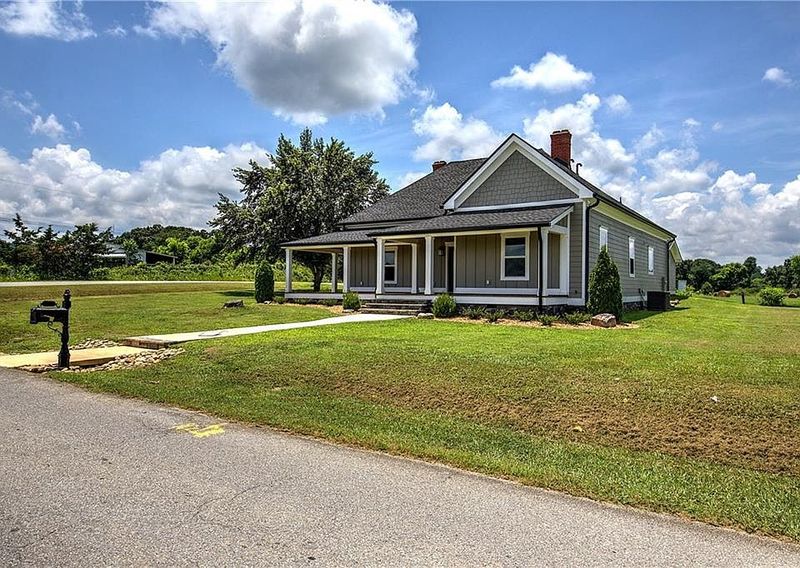
Maintenance costs are skyrocketing while younger buyers show little interest in these properties. These older rural homes often require significant updates to plumbing, electrical systems, and roofing.
Without modern amenities or proximity to employment centers, these properties face declining demand. Many rural Georgia counties are experiencing population decreases, further weakening the market for these traditional homes.
2. Large Luxury Homes In Oversupplied Suburbs
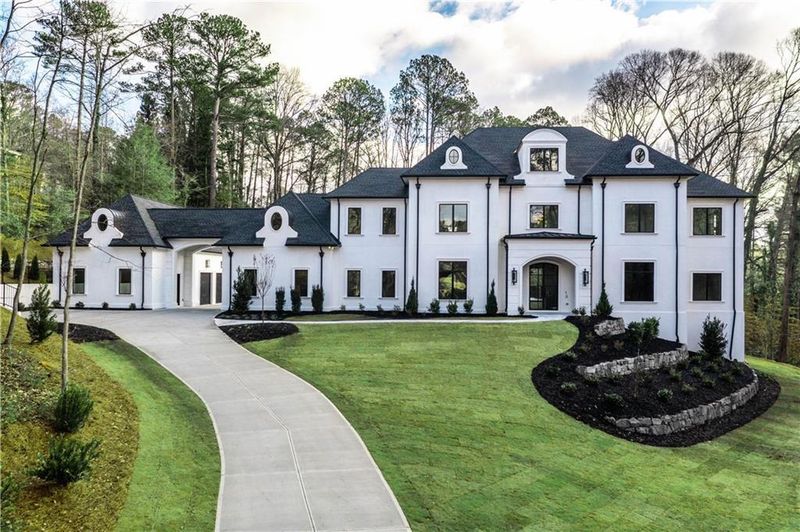
McMansions built during the early 2000s boom are facing a reckoning. These oversized luxury homes in Atlanta’s outer suburbs like Alpharetta and Cumming are seeing diminishing buyer pools.
Rising energy costs make these 4,000+ square foot properties increasingly expensive to maintain. The shift toward smaller, more efficient living spaces has left many large luxury homes sitting on the market for extended periods, driving prices downward.
3. Condos In Downtown Atlanta With High HOA Fees
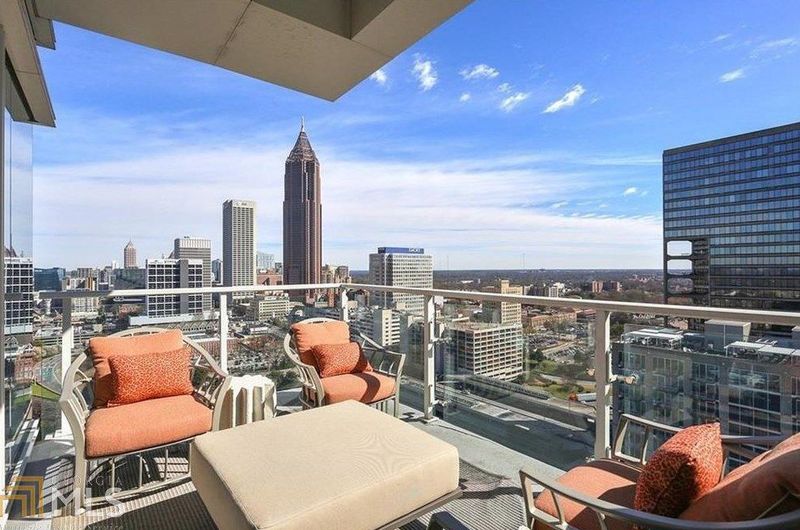
Monthly expenses are becoming deal-breakers for potential buyers. Many downtown Atlanta condos now carry HOA fees exceeding $500 monthly, significantly impacting affordability calculations.
As remote work continues, the premium for downtown living has diminished. These condos, especially in older buildings requiring major system upgrades, face increased selling challenges as buyers calculate the true cost of ownership beyond the mortgage payment.
4. Homes In Flood-Prone Zones
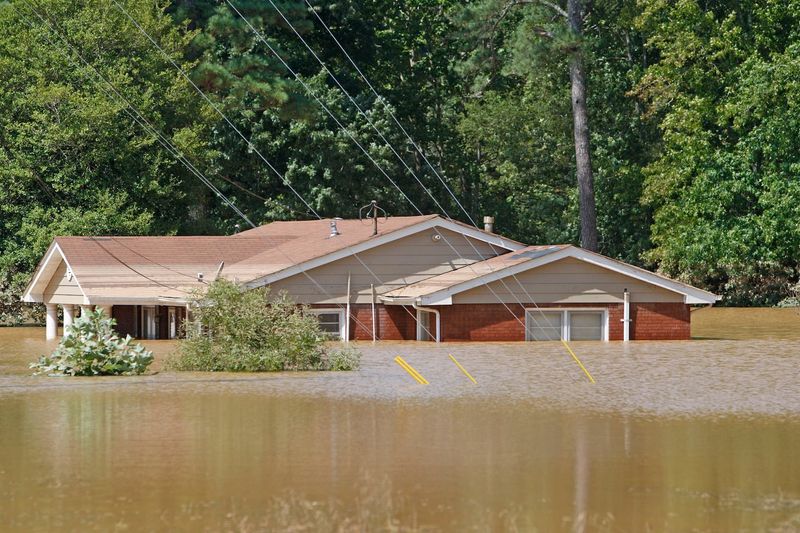
Insurance rates are climbing at alarming rates for these vulnerable properties. Homes near the Chattahoochee River, coastal areas, or in low-lying regions throughout Georgia face increasingly expensive and hard-to-obtain coverage.
Climate concerns have made buyers more cautious about these locations. Properties in FEMA-designated flood zones are seeing longer market times and price reductions as the financial risks become more apparent to potential homeowners.
5. Properties Near Declining Commercial Hubs
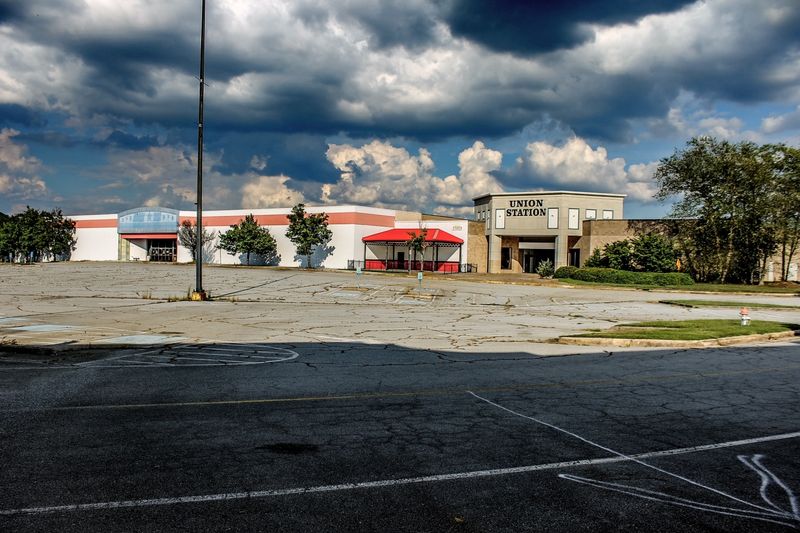
Abandoned strip malls and empty office buildings are dragging down nearby home values. Properties adjacent to struggling commercial centers throughout Georgia are experiencing neighborhood decline effects.
Safety concerns and reduced amenities make these areas less desirable. Homes near malls like Gwinnett Place or other retail centers facing high vacancy rates are particularly vulnerable as commercial property blight spills over into residential appeal.
6. Overbuilt New Construction Communities
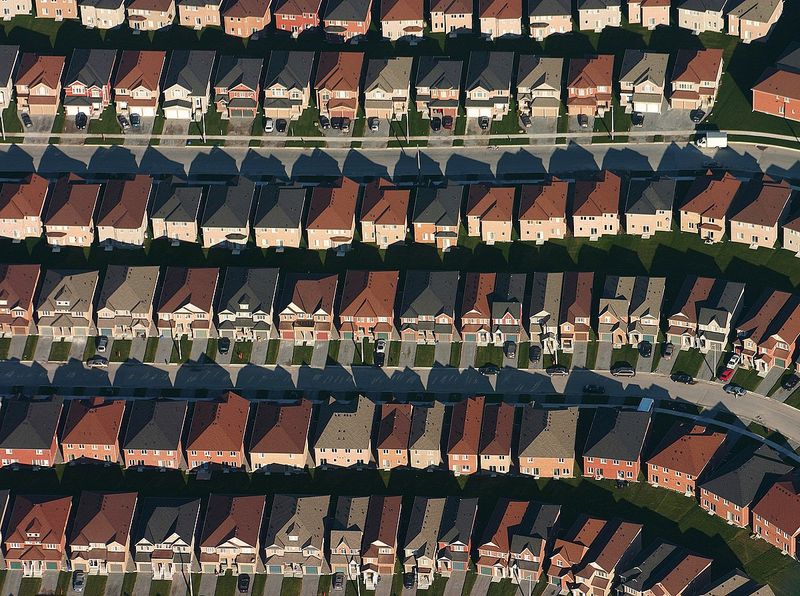
Builder incentives are masking true market values in these saturated developments. New construction communities in areas like Cherokee and Henry counties face oversupply issues as developers race to complete projects.
Cookie-cutter designs limit long-term appeal and uniqueness. These homes, often built rapidly with similar floor plans and finishes, may struggle to maintain value once the community is no longer new and the next wave of construction begins nearby.
7. Townhomes In Walkable Neighborhoods
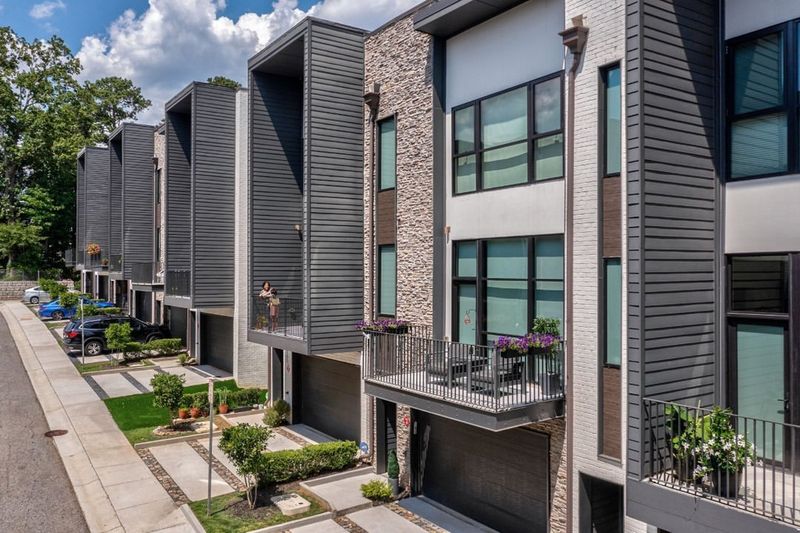
Young professionals are driving demand in these convenient locations. These properties in areas like Decatur, Inman Park, and Alpharetta’s Avalon district combine affordability with proximity to restaurants, shops, and entertainment.
Lower maintenance requirements appeal to busy lifestyles. Townhomes offering lock-and-leave convenience with walkable access to amenities continue attracting buyers willing to pay premium prices, especially as transportation costs rise and traffic worsens.
8. Affordable Starter Homes In Growing Suburbs
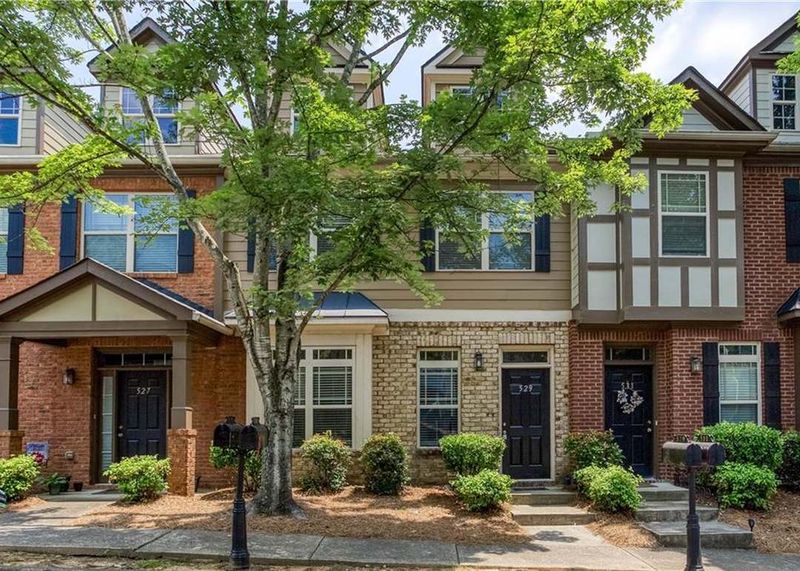
First-time buyers are competing fiercely for these increasingly rare properties. Homes priced under $350,000 in growing communities like Woodstock, Marietta, and parts of Gwinnett County sell quickly, often with multiple offers.
Limited inventory keeps pressure on prices. These starter homes, particularly those with updated features or in good school districts, continue appreciating as builders focus more on higher-margin luxury properties, creating a persistent supply-demand imbalance.
9. Homes Near Major Universities
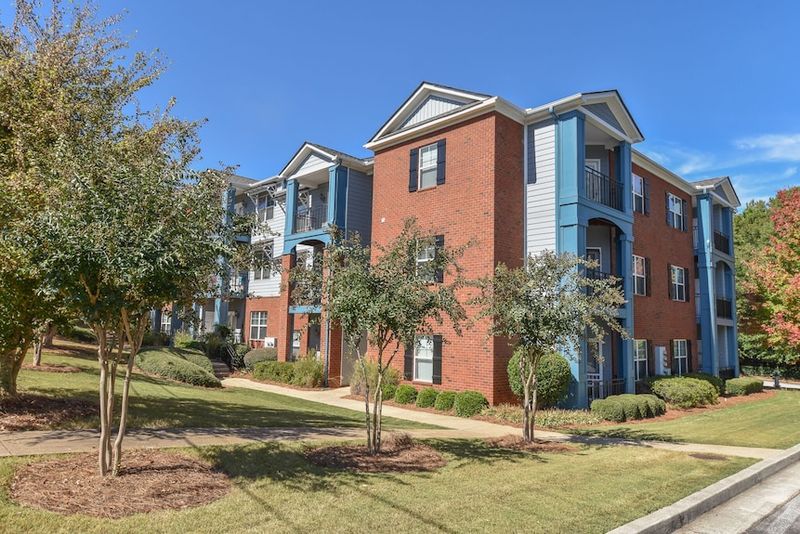
Parents are investing in housing instead of paying for dorms or apartments. Properties near UGA in Athens, Georgia Tech in Atlanta, and other state universities maintain strong rental demand and resale value.
Steady student populations provide rental income security. These homes, especially those within walking distance to campus, benefit from limited supply and consistent demand from both investors and families with college-bound students, creating reliable appreciation.
10. Properties With Energy-Efficient Upgrades
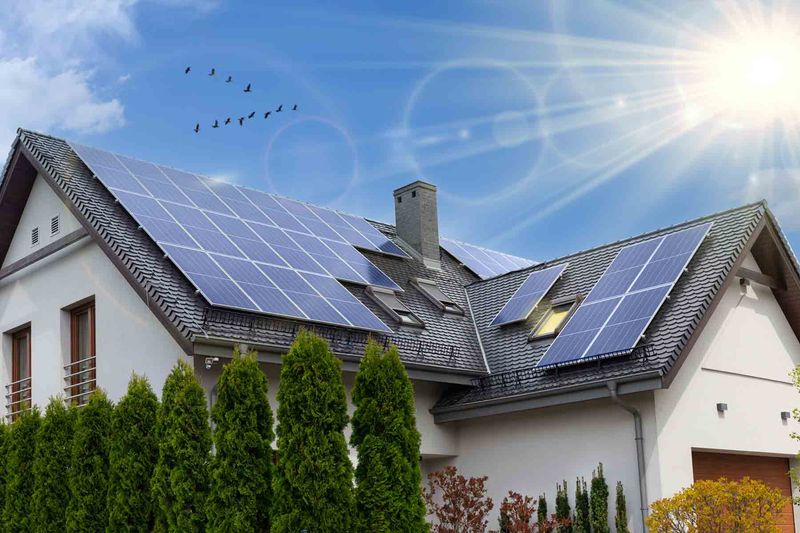
Utility savings are becoming major selling points as energy costs rise. Homes featuring solar panels, upgraded insulation, energy-efficient windows, and modern HVAC systems command premium prices throughout Georgia.
Environmental consciousness drives buyer preferences. These properties appeal to both cost-conscious and environmentally-minded buyers, particularly in progressive areas like Athens and parts of Atlanta, where buyers increasingly factor long-term operating costs into purchase decisions.
11. Small Single-Family Homes In Atlanta Core
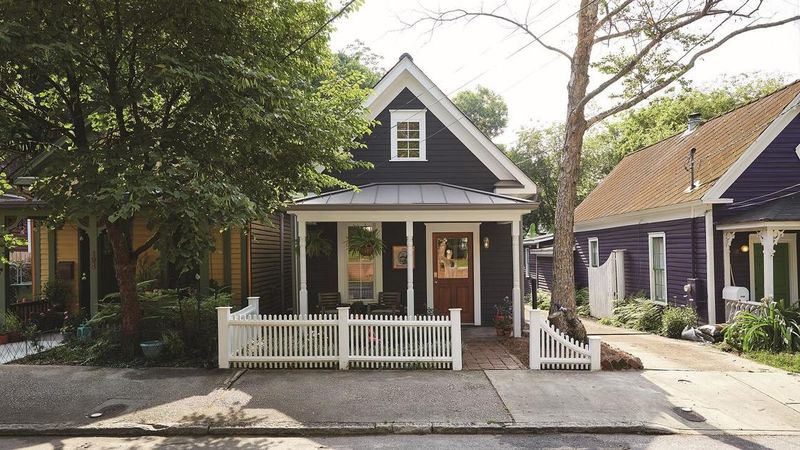
Renovation potential attracts investors and first-time buyers alike. Modest-sized homes in established Atlanta neighborhoods like East Atlanta, West End, and Adair Park offer affordable entry points with upside.
Character and charm command premium prices. These smaller properties, often featuring historic details and walkable locations, continue appreciating as buyers prioritize location and character over square footage, especially as remote work enables home offices in smaller spaces.
12. Lakefront Or Mountain Vacation Properties
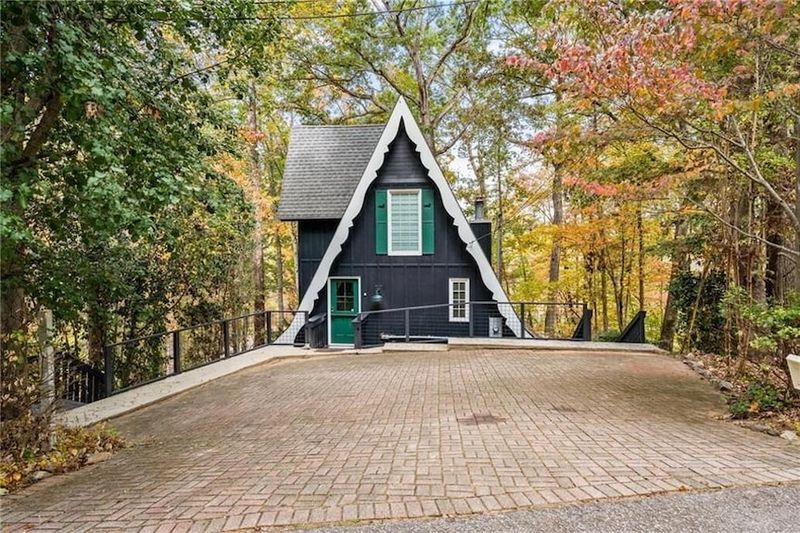
Weekend getaway demand remains strong among affluent Georgians. Properties on Lake Lanier, Lake Oconee, and in mountain communities like Blue Ridge command premium prices and face limited supply constraints.
Remote work has expanded usage beyond weekends. These vacation homes, once used only occasionally, now serve as part-time residences as flexible work arrangements allow owners to enjoy them for extended periods, increasing their utility and value.
13. Multifamily Properties For Rental Income
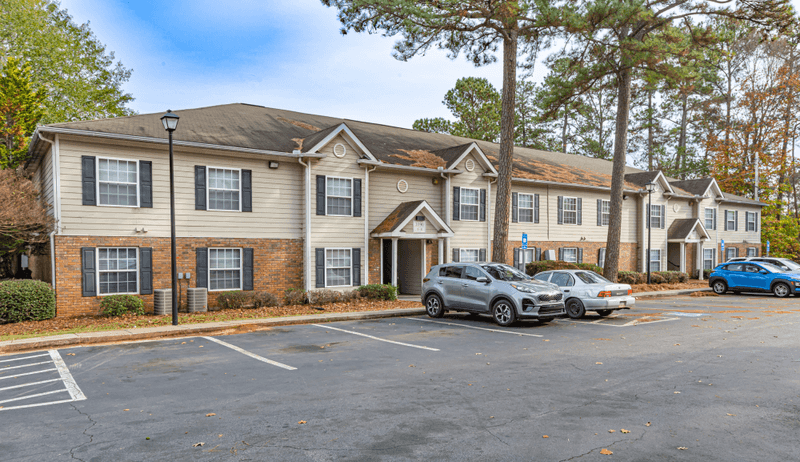
Cash flow opportunities attract investors amid persistent housing shortages. Duplexes, triplexes, and small apartment buildings throughout Georgia’s growing cities provide steady returns as rental demand remains strong.
Rising rents support higher valuations. These income-producing properties, particularly in areas with job growth like Savannah and Augusta, benefit from increasing rents while offering owners inflation protection and potential tax advantages compared to single-family investments.

